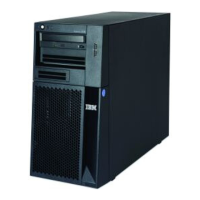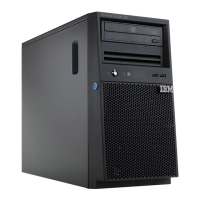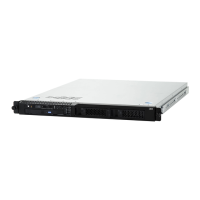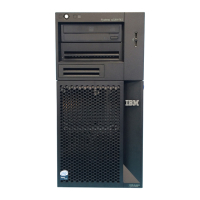Chapter 2. Central processor complex hardware components 45
Figure 2-10 depicts a logical diagram of the system control design.
Figure 2-10 Conceptual overview of system control elements
A typical FSP operation is to control a power supply. An SE sends a command to the FSP to
start the power supply. The FSP (through SSI connections) cycles the various components of
the power supply, monitors the success of each step and the resulting voltages, and reports
this status to the SE.
Most system elements are duplexed (n+1), and each element has at least one FSP. Two
internal Ethernet LANs are used by two SEs, for redundancy. Crossover capability between
the LANs is available so that both SEs can operate on both LANs.
The HMCs and SEs are connected directly to one or two Ethernet Customer LANs. One or
more HMCs can be used.
Note: The maximum number of drawers (CEC and I/O) is four for z13s servers. The
diagram in Figure 2-10 references the various supported FSP connections
FSP
FSP
CEC
Drawer
FSP FSP
CEC
Drawer
FSP
FSP
PCIe
Drawer
FSP
FSP
PCIe
Drawer
FSP FSP
I/O
Drawer
HMC
Alternate SE
Primary SE
Customer
LAN 1
Customer
LAN 2
OSC
Bulk Power
Controllers
System Control Hub - 1
Internal FSP
System Control Hub - 2
Internal FSP
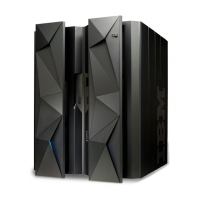
